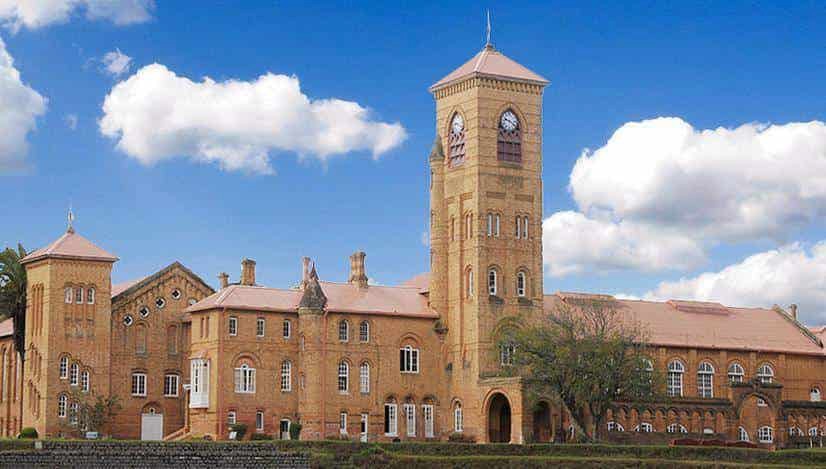SIR HENRY LAWRENCE: AN APPRECIATION
I was in Lovedale from 1959 to 1967. During my years in the Prep and Junior Schools, I can't recall hearing anything about Sir Henry Lawrence, in whose memory our School was founded in 1858. It was only when I entered the Senior School that one came across Sir Henry, through his portrait in the Large Hall and through a sculpture on the front lawns made of him by our Sculpture Master, the highly talented Mr P E "Pet" Thomas.
Photo courtesy: Farrokh Chothia, ARA 1982.
It was in this time that we read in our History class about the "Indian Mutiny" of 1857. We had a text book the name of which I still remember, more than 50 years after I last read it: " The Advanced History of India" by R C Majumdar, H C Raychaudhary, and K Datta. It described the mutiny in units of the East India Company's Bengal Army, which had far reaching consequences. In modern day India, the uprising of 1857 is referred to as The First War of Independence or The Indian Rebellion.
In Book 1 of " Glimpses of a Glorious Past: An Informal History of The Lawrence School, Lovedale" we have covered Sir Henry and his life in considerable detail. His love for Honoria Marshall who became his wife and their life together featured in the Valentine's Day Special of the OL Assembly in February, 2021.
Amongst the Old Lawrencian community of today, Wing Commander Joseph Thomas, VM, Indian Air Force (Retd) , Aravalli House, 1957, was, to the best of our knowledge, the first to show serious interest in Sir Henry.
He wrote two detailed articles about Sir Henry Lawrence and The Lawrence Schools, in the popular website Guftagu in 2014 which you can read using the links given:
- "Sir Henry Lawrence" by Joseph Thomas
- "The Lawrence Schools" by Joseph Thomas
- Sir Henry Lawrence, An Appreciation: Conversation with Wg Cdr Joseph Thomas, VM, IAF (Retd).
- "Lawrence of Lucknow, 1808-1857: Being The Life of Sir Henry Lawrence Retold From His Private and Public Papers" by J L Morrison,. G Bell & Sons, London, 1934
- " The Life of Sir Henry Lawrence" by Major General Sir Herbert Benjamin Edwardes & Herman Merivale ( In 2 Volumes), Smith, Elder & Co, London, 1872.
- "History of The Indian Mutiny, 1857-59" John Kaye & G B Malleson, first published 1897
Prem Rao
NIL 1967







